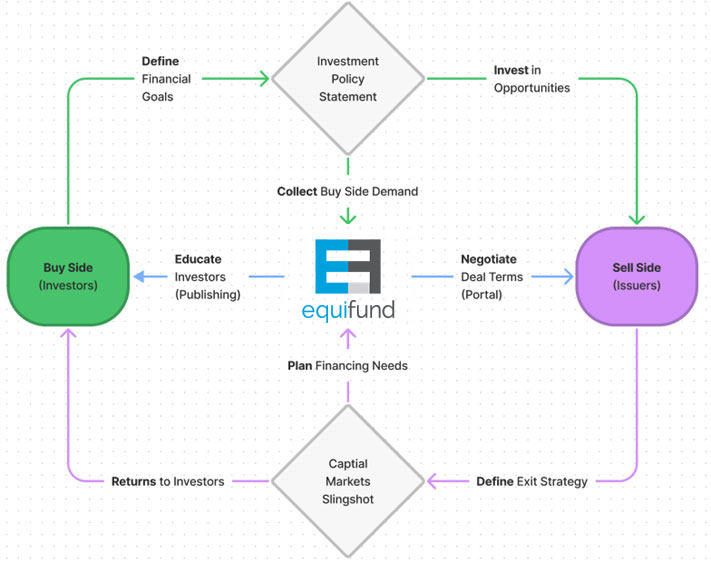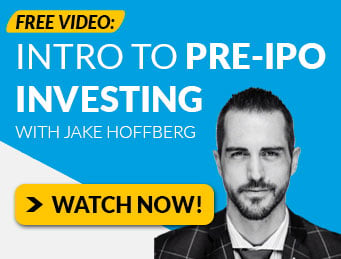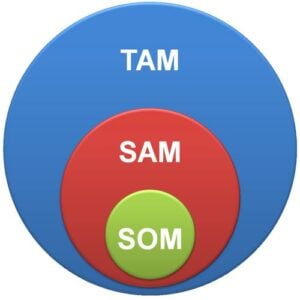If you want to be a winner in the Great Game of Pre-IPO Investing…
You must do whatever it takes to win.
To do that, it means you have to stop playing by the “dumb money” rules you’ve been taught your entire life…
And learn the rules “smart money” plays by.
How dumb money becomes smart money
For a quick recap on what we’ve learned so far…
- The major difference between “dumb money” amateur investors and “smart money” professional investors is how they manage Money, Time, and Energy
- The biggest reason why amateur investors lose is because they can’t control their Emotions and Belief Systems.
- The ultimate investing secret is Compound Interest; invest for the long term and don’t let fees eat into your gains.
But what happens if you’re in a situation where you simply don’t have enough time left to let Compound Interest do it’s thing?
What if you need to grow your portfolio faster than 8% per year to reach your Goals in life?
Well, the #1 thing you should NOT do is allow yourself to get tricked into a “Get Rich Quick” scheme (i.e. gambling).
But if you’re in a situation where tossing your money into a low cost index fund (and hoping for the best) simply won’t do…
It means you’re going to need to learn how the rich really get richer: by turning dumb money into smart money!
Here’s what I mean…
Money, by itself, is inherently “dumb.” It’s a lifeless object that’s printed into existence.
Dumb money is everywhere. It’s a commodity that lacks any special advantage over other money of the same flavor.
If all you’re bringing to a deal is your money, you are by definition, “dumb money.”
So how does money become “smart?”
It happens when you – the investor – give it a mission. A purpose. A vision for what it could become.
And when you add your unique insights, experience, and connections to your money…
It transforms from a common commodity into something desirable.
And if you want to get into the best deals – the ones smart-money people are already throwing money at – you need something “extra” to get them to take yours.
So how do we do this? It all has to do with learning…
How Game Tokens Work
To come back to the core premise of a game…
- A game is a form of art in which Players gather (1) Information and make (2) Decisions in order to (3) Manage Resources… through the use of (4) Game Tokens… in the pursuit of a (5) Goal… in the face of (6) Opposition.
Whenever you play any game, you interact with the game by using Game Tokens. the basic elements that compose a game.
Each token can contain one or several other tokens.
Hence, tokens can be used to build a hierarchical structure of all the game elements.
Let’s take the game of Monopoly as an example:
- The player pieces (i.e. top hat, race car, horse, etc) represent the Player.
- The cards with various properties – as well as the money they possess – represent the Player’s Status.
Each player moves around the board using the two, six-sided dice…
If a Player lands on a square with no owner, they can buy the property using money…
Money is used to buy additional houses and hotels that charge rent when other Players land on occupied spaces.
And even though almost every game of Monopoly I’ve ever played has ended with me getting bored and quitting to do something else…
The winner is decided by the “last man standing” with money.
But to bring us back to the point… without Game Tokens there is no way to play the game!
Remember this chart?
This is something I like to call “The Equifund Investing Gameboard”…
Which, as it sounds, is the visual representation of the game being played.
In any game, there are three essential elements:
- Players – How many players does the game support? And how do those players interact with each other?
- Objectives – What is the object of the game? What goals are the players trying to achieve?
- Rules – What constraints are put on the players?
The Gameboard also shows the main Game Tokens you’ll need to be familiar with to play this game properly.
For investors, their main Game Token is the Investment Policy Statement.
This document is a complete representation of the Player and the Player’s Status.
It describes your Goals, your Available Resources, how you make Decisions, and what Information you currently have access to (and are willing to share with the Intermediary).
More importantly, it describes what your piece can do and what it cannot do.
And just like Monopoly, you move “around the board” with the intention of buying assets that generate a return.
To make this more tangible: As an investor, the way you make money is through buying and selling assets.
But really, what you are buying are pieces of paper that represent your control over the asset (i.e. Game Tokens).
For example, when you buy a piece of property, the key piece of paper you are buying is the property deed.
When you buy a car, the key piece of paper is the vehicle title.
When you buy a company, the key piece of paper is the stock… which you purchase by signing a Subscription Agreement (or Share Purchase Agreement).
As Felix Dennis, one of the richest self-made men in Britain and author of How to Get Rich once said:
“Ownership isn’t the important thing. If you want to be rich, it’s the only thing. To become rich, you must be an owner.”
And if you want to become an owner, you need to understand how the Game Tokens work!
Sincerely,
Jake Hoffberg – Publisher
Equifund


